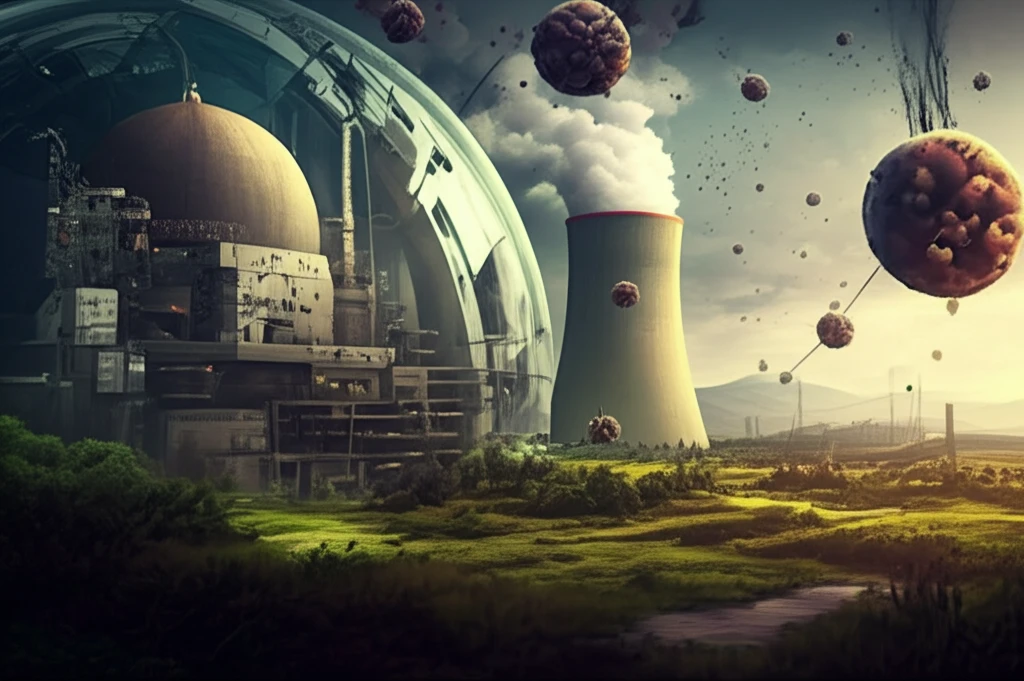
Nuclear Accidents: How Composite Materials are Redefining Safety
"Discover the cutting-edge materials revolutionizing nuclear safety and minimizing the impact of radioactive iodine releases."
In an era where safety and environmental consciousness are paramount, the nuclear industry faces continuous scrutiny and pressure to enhance its safety protocols. Nuclear Power Plants (NPPs), while providing a significant source of energy, carry inherent risks that demand state-of-the-art preventative and responsive measures. One of the most pressing concerns is the potential for severe accidents that could lead to the release of radioactive materials, particularly volatile radioactive iodine, into the environment.
Traditional safety systems, although effective to a degree, often fall short in localizing certain dangerous substances, especially organic forms of iodine like methyl iodide. This limitation has spurred intensive research and development into advanced materials that can offer superior performance in capturing and containing these hazardous substances. Composite materials, engineered with specific properties to target volatile radioactive iodine, are emerging as a promising solution to reinforce existing safety infrastructures and mitigate risks associated with severe nuclear accidents.
This article delves into the innovative world of composite materials designed for use in NPPs. We'll explore their composition, functionality, and potential to revolutionize nuclear safety. We will be discussing how these materials can minimize the impact of steam-air phase releases during severe accidents, offering a glimpse into the future of nuclear safety and environmental protection.
Why Are Composite Materials a Game Changer for Nuclear Safety?

The development of composite materials for NPPs represents a significant leap forward in nuclear safety technology. These materials are specifically engineered to address the limitations of traditional systems, offering enhanced capabilities in capturing and containing volatile radioactive iodine. Their unique properties and functionalities make them ideal for deployment in the demanding environments of nuclear facilities.
- Enhanced Adsorption: Composite materials can be designed with high surface areas and specific chemical functionalities that enhance the adsorption of volatile iodine forms.
- Improved Chemical Interaction: These materials can chemically react with iodine compounds, forming stable, non-volatile products that are safely contained within the material's structure.
- Resistance to Harsh Conditions: Engineered to withstand high temperatures, radiation, and corrosive chemicals, composite materials maintain their functionality under severe accident conditions.
- Versatility: Composite materials can be tailored to specific NPP designs and operational requirements, offering a flexible solution for diverse nuclear facilities.
The Future of Nuclear Safety: Embracing Composite Materials
The integration of composite materials into nuclear power plants represents a significant advancement in safety technology. These engineered materials provide enhanced capabilities for capturing and containing volatile radioactive iodine, addressing the limitations of traditional systems. Their deployment promises to minimize the environmental impact of severe accidents and reinforce public confidence in the nuclear industry. Continuous research and development in this field are essential to further refine these materials and ensure their optimal performance in safeguarding our environment.
